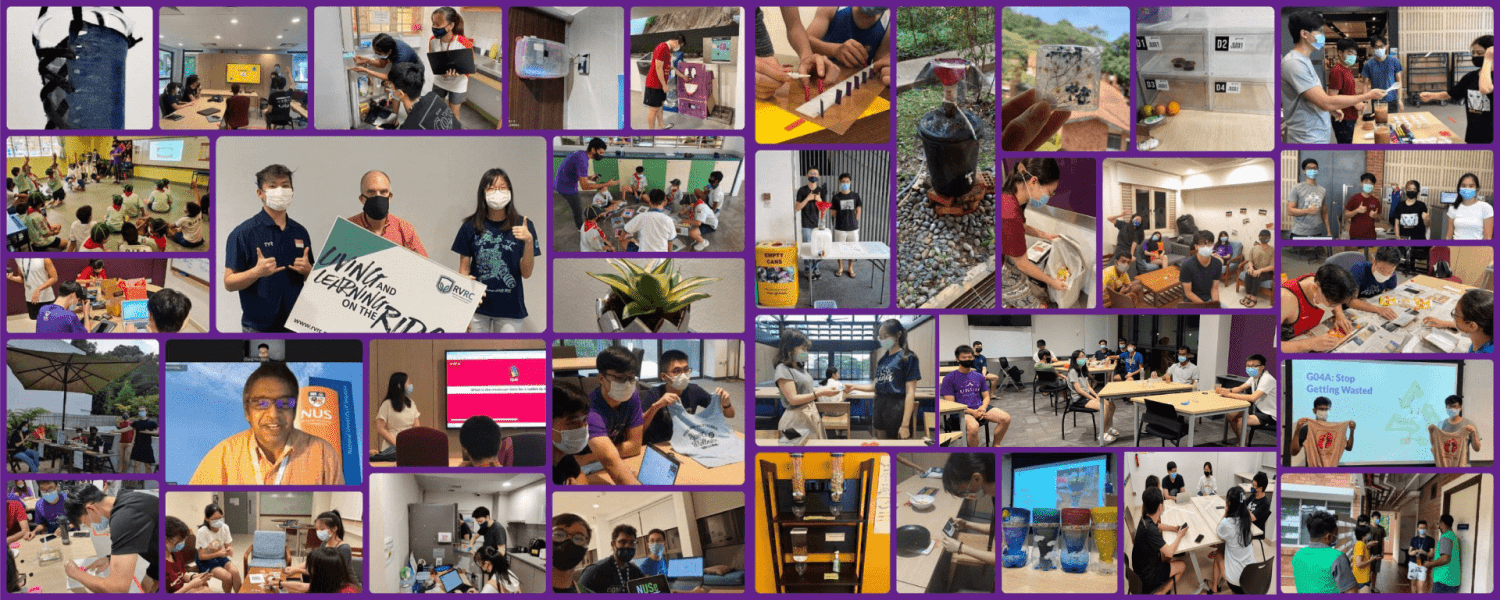Elizabeth Chia Kai Lun, Kee Cheow Yan, Lee Saehae, Ong Bai Quan
Academic Advisor: Dr. Chua Siew Chin
While landscape designers often try to incorporate green spaces in urban landscapes, they are usually done with the intention to green the area for human benefits, and often neglect the habitability of wildlife. Research has shown that sound and light pollution can harm the wildlife ecosystem psychologically, mentally and physically. It is important to consider the anthropogenic effects (light and sound) because of human activities from these urban landscapes to figure out the best conditions for wildlife survivability in nearby vegetation. Our project focused on the NUS campus, and measured the damping effect of vegetation with incremental distances from nearby buildings to vegetation. We researched on the acceptable range of anthropogenic effects that wildlife can tolerate, and juxtaposed it against the data we have collected to find an association between foliage density and its damping ability. With these information, future campus infrastructure designers can better plan their project such that buildings are placed at a comfortable distance from the vegetation with minimal impacts on wildlife. Foliage density was classified into sparse, normal and dense using a Secchi Disc, a method modified from aquatic sampling. Light and sound data were measured with incremental distances of 5 meters up to 25 meters away from buildings using a REED environmental meter and datalogger. Our results concluded an overall decrease in light and sound data with incremental distance. A more comprehensive research can be incorporated with our project findings for landscape designers to plan their future projects.
Keywords: Green Landscape, Light and Sound Pollution, Damping Effect, Built Environment and Green Infrastructure
